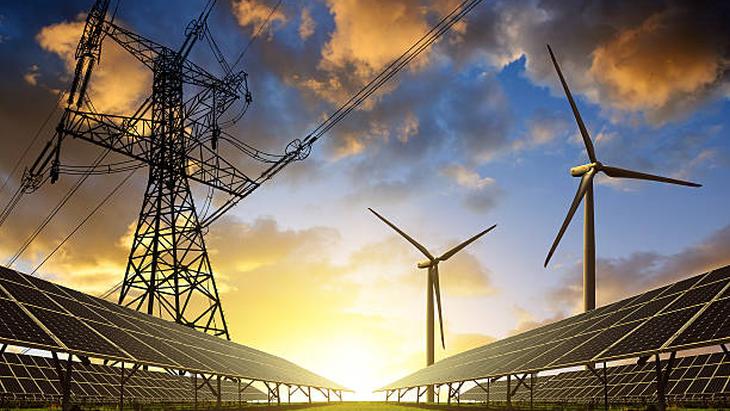The Energy Policy Group (EPG), an independent think tank specializing in energy and climate policy, has made available to the public an analysis that identifies key elements of the current energy crisis, as well as several solutions. All are about encouraging investment in new renewable electricity generation capacity, generally through legislative and regulatory clarifications.
Short-term measures undermine medium- and long-term objectives
In the short term, measures are needed “to reduce the financial pressure exerted especially on vulnerable consumers,” say the authors, Mihnea Cătuți and Mihai Bălan. “The response formulated so far by the legislators to solve these problems (mainly price caps and subsidies) only offers short-term breakdown solutions,” write the authors. Moreover, the measures taken by the Romanian authorities go in the “opposite direction to the European Commission’s proposals in the recently published toolbox”: “The decision to surcharge by 80% the revenues exceeding 450 lei / MWh, which apply only to energy producers clean, without taking into account the specifics of the market operation of renewable sources, endangers not only the existing investments but especially the new developments of cheap generation capacities and with fast installation time”.
To avoid future energy crises, an integrated approach is needed to unlock investments in renewable capacities. The authors note: “The last renewable sources became operational in 2016, and since then investments in this sector have been virtually blocked, although in the meantime wind and photovoltaic energy have become the cheapest ways to produce electricity.”
Barriers to the development of renewables are administrative and regulatory in nature (e.g. lack of investment risk reduction tools) rather than lack of financial resources, say the authors of the EPG analysis, which is confirmed, in their view, by the appetite of investors, given that “projects totalling between 20 and 30 GW of renewable energy are currently under development”.
PPAs to pressure on DAM, and CfDs to eliminate the need for surcharges
Authorities need to clarify by law the possibility of signing long-term PPAs (Power Purchase Agreements), while the introduction of a Contracts for Difference (CfD) instrument is expected by the end of 2022. Both are important for reducing investment risk, given Romania’s need to regain investor confidence after the frequent legislative changes in the last decade. These two instruments could have already helped Romania in the current situation of the energy sector if it had already been in force. PPAs would have allowed most of the energy to be traded in the long run and not on DAM, where volatility is extremely high these days. Using the CfD for renewable capacities would have eliminated the need for surcharges,
Excessive costs with grid connection
Then, from a technical point of view, the capacity of the transmission network to connect and integrate new renewable capacities is limited, and the speed with which Transelectrica develops new projects does not allow the necessary pace of development to achieve the targets, write the authors. Beyond the technical limitations, the costs of connection to the network in some cases exceed 10% of the total cost of installing renewable capacities.
Investments in storage and demand-side management
The balancing market is still a major barrier for investors in renewables. The changes to comply with EU regulations have not contributed to a reduction in the costs of imbalances, which remain at a very high level compared to other markets in Europe. This is mainly due to a lack of competition, and unblocking investments in storage capacity and demand-side management solutions would help reduce market concentration as well as improve the adequacy of the energy system.
A competitive mechanism for project selection
In addition to the private capital that can be attracted by the renewable energy sector, Romania has considerable funds through European financing mechanisms, of which over 10 billion euros only through the Modernization Fund. However, delays in implementing a competitive and transparent national project selection mechanism, together with the other barriers mentioned, mean that no large renewable project is close to commissioning in Romania today.
“It is gratifying the orientation of some Romanian developers towards integrated projects, with storage systems included, which can solve not only the deficit of generation capacity but to a certain extent also the challenges related to adequacy”, write the authors. “It is necessary that the first call for projects of the Modernization Fund also allows the financing of integrated projects.”
